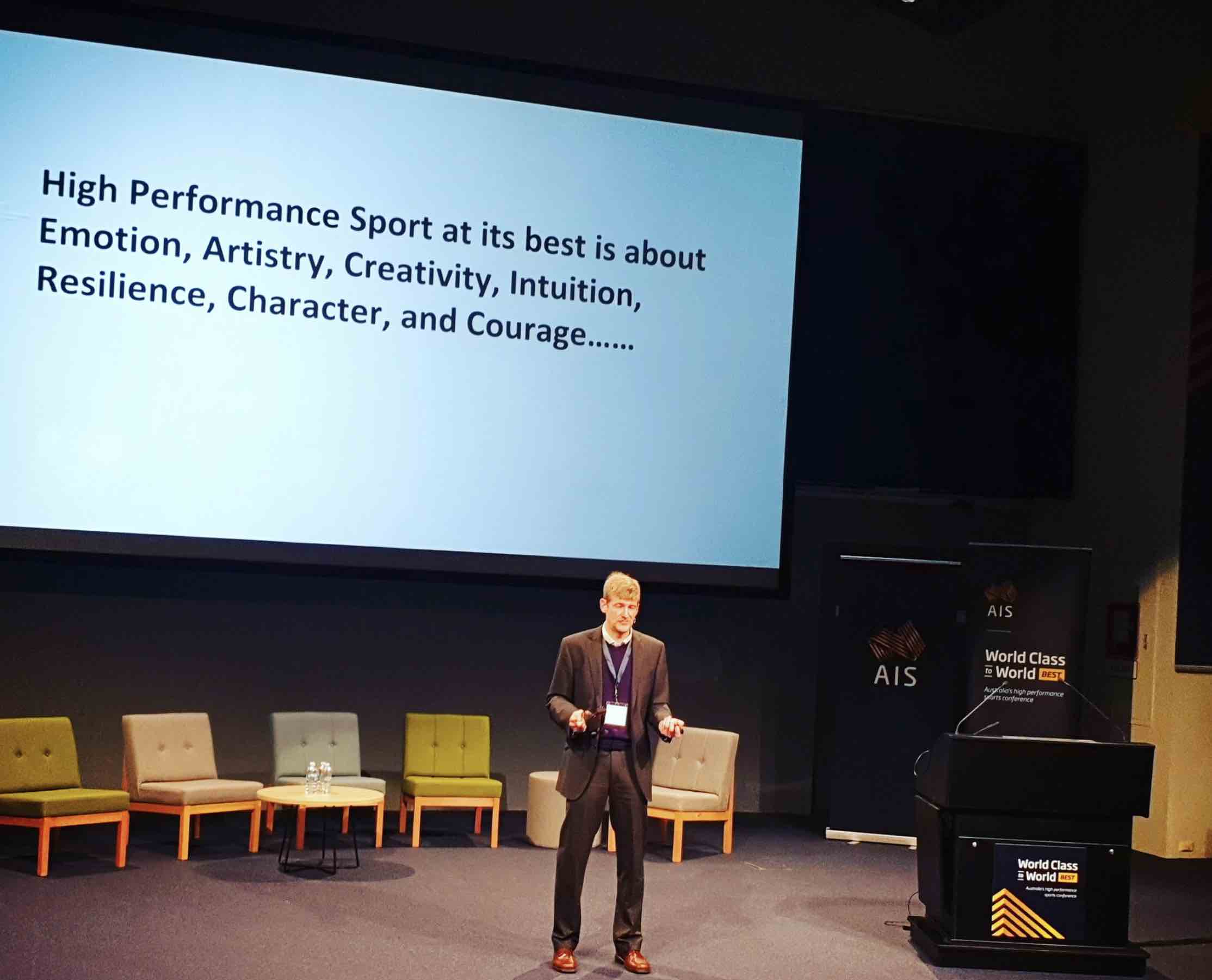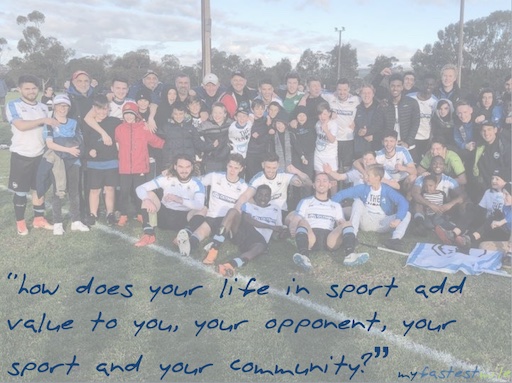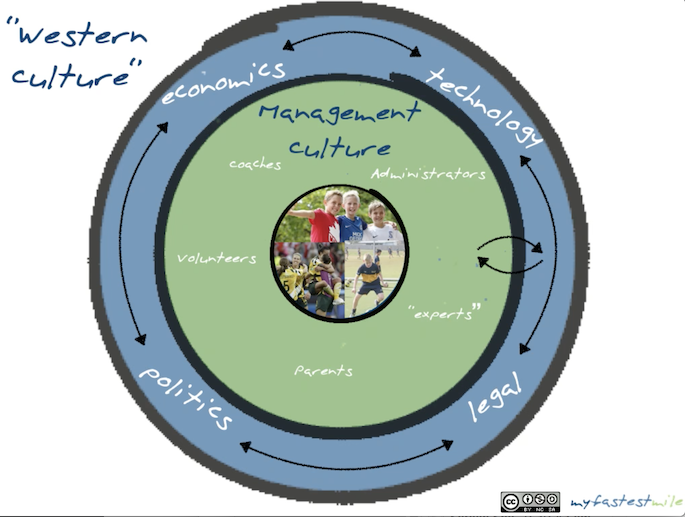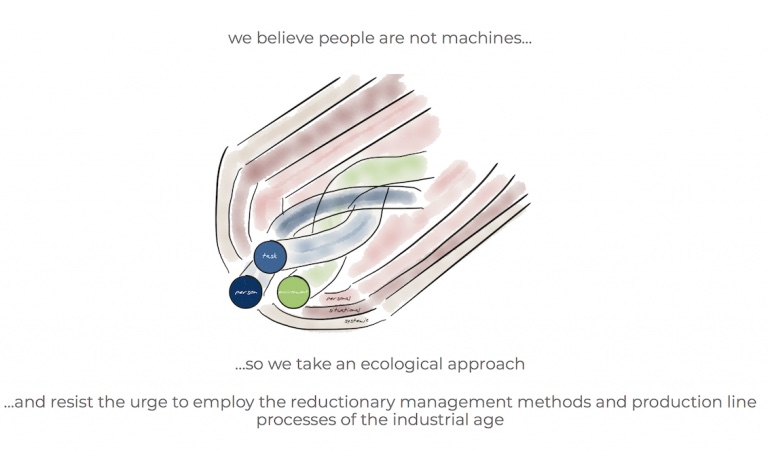The post I published a couple of weeks ago represented a return to blogging after a lengthy hiatus and the first new post to be published on our (myfastestmile) platform. I’m hoping to sustain a more regular rhythm of posts as we tick over into a new decade (wow!).
As has been the case previously, these posts are intended for my own personal benefit (“thinking out loud” and sensemaking), stimulating people to engage in conversation and share perspectives, sharing interesting links and material, and sometimes “working out loud” in relation to what we are up to at myfastestmile.
On that last point, in the last few months we have published our first “field report” and hope to make this an annual publication – you can freely download a copy. At the end of this post I’ll also share some updates about “relearn” initiatives in the works.
With that bit of framing out of the way…

Peter Keen spoke at the AIS World Class to World Best conference a few weeks ago. I wasn’t in attendance so do not have his narrative to accompany this slide. Instead I would like to share some of the questions, reflections and connections this material has stimulated.
My immediate curiosity was if Peter, when using the phrase high performance sport at its best, was referring to the qualities of athletes/teams on display in the competitive arena or something broader – maybe qualities of a particular ‘form of life’ for people involved in a high performance sport community?
I also wondered if he was being intentionally provocative in listing some of the qualities. It struck me that a growing tension exists between emotion, artistry, creativity & intuition, and the technocratic rationality of our organisations and institutions. Do people, when in organisational and institutional roles, interact in ways that enable these qualities to emerge and flourish?
Value Add
Likely unbeknown to him, Peter has also played a formative role in the myfastestmile journey. Fortunate to be present when he shared a critical reflection on sport a couple of years ago, we have since moulded this into a question that invites people into a deliberative dialogue around the value of sport (at any level). I left this question with people at Football Victoria’s State Coaching Conference last weekend…

I feel this question deserves particular attention as, through the dynamic interplay of the political~economic~technological, Western culture becomes further disposed to extraction over value creation, and mainstream management culture increasingly values control and reduction. The “model” below, a mashup of ideas from Ed Schein, Philip Zimbardo, Urie Bronfenbrenner, Kristoffer Henriksen & James Vaughan, is an attempt to depict the presence of these influences in relation to sport participants (images in centre circle) and the people that (in)directly support them (green circle).

I’m proposing the need for greater awareness of the presence and influence of these forces on peoples behaviour and interactions in sport. I feel this could be a key to adding value.
How can sport organisations and institutions add value?
As in the last post, I’m trying to amplify initiatives that provide an alternative path for people to explore. Much of the following is underpinned by a shift in beliefs and assumptions about the nature of people, management and ways of organising.
So, how can the next generation of sport organisations and institutions play a role that adds value?
* They could be designed on the principles of empathy, care and dignity
“I mean these principles in a precise way. A radical way. A transformational way. A way that has to do with what it means to be human, and the ache we feel just existing. We don’t talk often enough about such things these days. We have forgotten the truth in ourselves, my friends.”
* They could unshackle themselves from Outcome-Based Performance Management and become Human Learning Systems
“this isn’t the easy path. It takes time to build relationships and trust. It requires us to be people-driven rather than focused on process, and to take decisions which require professional judgement and empathy, whilst creating a more community-led response to the challenges we face. This approach will raise profound challenges for those of us who assess risk and demonstrate accountability. We will need to re-calibrate our thinking for a complex 21st century world.”
* They could move from hierarchy to coaching people and self-organising
“Before moving to self-management we operated the way most organisations do: we had a hierarchy, line managers, and all the other features you’d find in most places. Why? Because that’s how work works, doesn’t it?”
* They could shift away from elaborate long-term strategic plans towards helping people be guided by strategic intent when “choosing the opportune moment to act”
“This shift away from an organisational paradigm that is rooted in compliance with top-down strategy plans and towards a paradigm that encourages everyone in the organisation to align to and deliberate over a commonly agreed set of organisational principles is at the heart of Richard’s leadership work and central to his belief in the power of sport to change lives for the better.”
Changing Course
As I’ve heard a couple of senior executives in sport intimate recently, it can be a real challenge to find the time to “get your head up and reflect”. This is one of the unintended consequences of the “hamster wheel” ethos, helping to lock-in the status quo.
I believe we can and must find the time…and then create conversational containers where the ways to add value in sport are explored, tensions are surfaced and a sense of fellowship might emerge. In the words of Junaid Mubeen, “it is okay to step off the path once in a while; it may even be necessary to enable our richest learning experiences.”
Doing so may enable us to change course – away from extractive and reductive forms of life toward a different way of being, seeing and doing in sport – filled with emotion, artistry, creativity and intuition.
When it comes to cultural change we excessively fixate on the critical mass and underestimate the catalytic quality of the improbable few. The ‘critical yeast’ — these small, unlikely, combinations of persistent people and partnerships committed to a new quality of relationship — dwell before and behind every instance of social change that truly shifts what is possible and transformative across generations.
– John Paul Lederach
relearn
Our relearn events act as ‘conversational containers’ and we plan to hold our next gathering in the first few months of 2020. It will likely be framed around themes in this post and therefore most relevant for people holding senior positions in sport clubs, organisations, institutions, funding and governing bodies. If you are interested in being involved please get in touch and share your thoughts.
We also have an aspiration to launch an online relearn programme in the early part of next year for people in the positions mentioned above. Intended as a personal and professional developmental journey, it could include a self-selected ‘action learning’ project (with our 1-1 mentoring support), invitation to participate in a community of practice (which we will facilitate), and access to carefully curated content specifically chosen to compliment the other 2 components of the programme. Please let us know if this is of interest and what you would most value from such an opportunity.

People Are Not Machines - myfastestmile c.i.c.